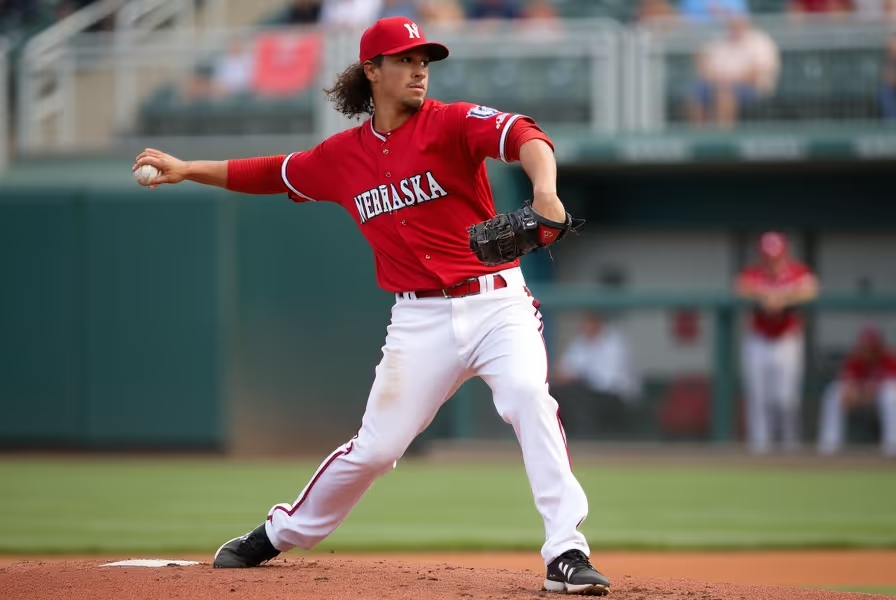Understanding the Linguistic Diversity of New York City
New York City is a melting pot of cultures, and that diversity echoes in its language. The city's accents showcase its rich history, layered immigration patterns, and distinct borough identities. If you're fascinated by language, you'll love exploring the unique speech styles of the Big Apple.
From the Bronx to Brooklyn, every neighborhood speaks with its own rhythm and tone. The different New York accents are more than just curiosities—they offer insight into social class, ethnic heritage, and even pop culture influences.
What Makes the New York Accent Unique?
The classic New York accent stands out immediately in American English. Even if you’re not from the city, chances are high that you’ve heard it in movies, TV shows, and radio interviews. It’s aggressive, fast-paced, and full of personality.
Some defining features include:
- Dropped "R"s at the end of words (e.g., "cawfee" for "coffee")
- Th-stopping – "this" sounds like "dis"
- Raised vowel sounds (e.g., "dog" sounds like "dawg")
- Distinct rhythm and cadence
These phonetic patterns evolved due to the city's dense population and its waves of immigration over time.
Key Regional Variations of New York Accents
New York doesn't have just one accent. Instead, it represents a collection of regional dialects that vary by borough and community. Here are some of the best-known varieties:
The Brooklyn Accent
Brooklyn’s classic accent is probably the most recognized version globally. It features strong vowel shifts and a noticeable drop of terminal "R"s. This accent became iconic through figures like Al Pacino and the characters in movies like Saturday Night Fever.
The Bronx Accent
The Bronx accent is sharp and nasal, heavily influenced by Irish, Italian, and Eastern European immigrants. You might hear it in speech patterns like turning “th” into a "d" or "t" sound, such as “this” becoming “dis.”
The Manhattan Accent
Manhattan’s accent varies by neighborhood. The Upper East Side may sound more neutral, often due to wealth and private education, while neighborhoods like Harlem or the Lower East Side add different inflections from African American Vernacular English (AAVE) and Yiddish.
The Queens Accent
Queens is the most linguistically diverse borough in the United States. The traditional Queens accent draws from Italian-American roots but varies greatly due to Caribbean, South Asian, and East Asian communities.
The Staten Island Accent
Often considered the closest to a classic “dad-from-New-York” sound, Staten Island features a heavy use of glottal stops, drawn-out vowels, and heavy end-consonants. It’s a blend of blue-collar speech patterns seen in outer-borough classic New York English.
How Immigration Shaped NYC Accents
New York’s status as an immigrant gateway has deeply influenced its dialects. In the early 20th century, Irish, Italian, Jewish, and Eastern European communities developed tight-knit borough neighborhoods. Their influences created the foundation of the modern New York accent.
Today, you’ll also hear:
- Puerto Rican and Dominican-inflected English in the Bronx and Manhattan
- Arabic-influenced varieties in parts of Brooklyn and Queens
- West Indian and Jamaican creole influences in Southeast Queens
Combine this with native-born New Yorkers retaining classic features, and you have a linguistic landscape like nowhere else in the world.
Where You Might Hear the Heaviest New York Accents
If you're looking to experience strong New York regional accents firsthand, explore these neighborhoods:
- Bensonhurst, Brooklyn – for Italian-American speech patterns
- The South Bronx – known for Afro-Caribbean and Latino English styles
- Howard Beach, Queens – traditionally Irish and Italian sound
- Staten Island – blue-collar “classic” New York accent
Of course, even these accents are changing as younger generations mix new influences into their speech.
Pop Culture’s Influence on NYC Speech Styles
Media has helped spread and sometimes stereotype the New York accent. Films like Goodfellas, Do The Right Thing, and My Cousin Vinny immortalized speech patterns associated with borough life. Stars like Rosie Perez, Jerry Seinfeld, and Cardi B brought New York tones to global audiences.
New York hip-hop in the ‘80s and ‘90s also contributed to the spread of urban slang and East Coast inflections across youth culture worldwide.
Can Non-Natives Learn a New York Accent?
Yes, but it takes practice and immersion. Accent reduction or adoption specialists often work with actors to develop authentic New York speech patterns. Because the accent has many variations, it's important to choose the right borough for the study.
Key tips include:
- Listening to native New Yorkers from various boroughs
- Practicing phonetic triggers (like non-rhotic speech)
- Focusing on intonation and timing
- Understanding the cultural context of local slang
Remember, accents are tied to identity—so learning one respectfully adds value to your understanding of the culture.
Frequently Asked Questions About New York City Accents
What is the most recognizable New York accent?
The Brooklyn accent is often the most recognized globally, characterized by dropped R's, nasal tones, and distinct vowel changes like “cawfee” for “coffee.”
Do all five boroughs have different accents?
Yes, each borough of New York City has its own speech patterns based on local history, demographics, and cultural influences. Linguistic variation is strong across Brooklyn, Queens, Manhattan, the Bronx, and Staten Island.
Is the New York accent fading?
The classic New York accent is evolving, especially among younger generations. However, it’s not disappearing. New variations are forming based on modern cultural and linguistic fusion.
Can I still hear strong New York accents today?
Yes, you can. Neighborhoods with tight-knit communities, particularly in Brooklyn, the Bronx, and Staten Island, still preserve distinct speech styles that reflect old-school New York English.











.svg)



